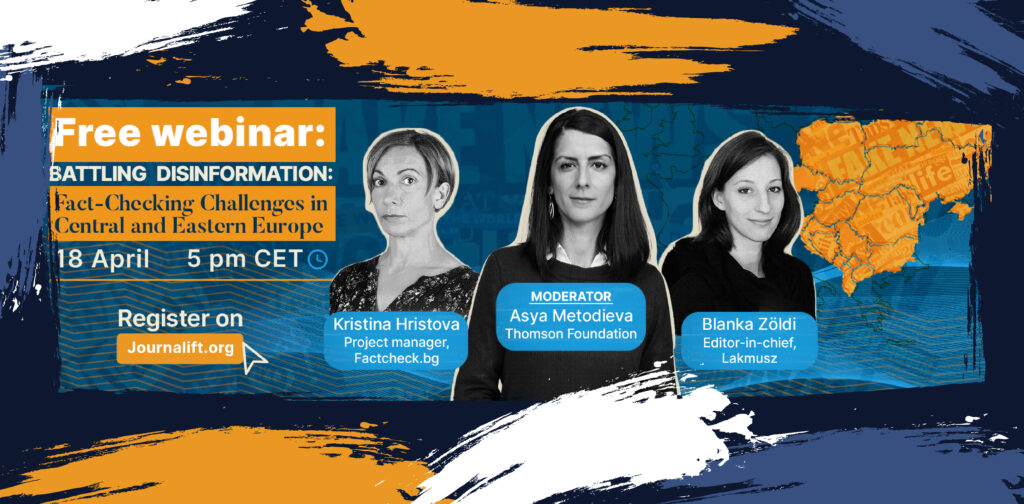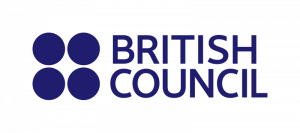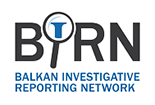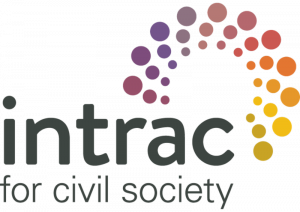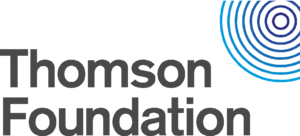Media organisations working in developed markets with strong infrastructure can rely on easy access to market data. The very same media organisations find it hard to imagine investing in a new channel or in the development of new products without a thorough business analysis, which includes an in-depth analysing of the market. However, this approach is rarely the case in most of the markets of the Western Balkans, where market data is either completely unavailable or distorted by partial, outdated, and non-reliable statistics.
As many of the organisations involved in the Media for all project have found, while developing their business plans and budgets, putting a concrete figure to a market parameter of the key importance for the forward planning is often the result of an estimate rather than of an actual measurement. Figures about important aspects such as the size of a certain specific market – e.g. that of consumer products or services offered to the target audience, the annual advertising budgets of main advertisers, the actual cost of advertising paid to competitors, the cost per view and many other components needed for a sound business judgment, are either not available, or outdated and unreliable. In addition, professional broadcast rating services are not always available, and if data is available, then it is only at the disposal of the top nation-wide broadcasters willing to pay for their services.
In addition, the market is rarely completely free – political, business, but also ethnic and family affiliations impact decisions made by advertisers, including institutional ones, and make measuring the size of the market for launching a specific new product or investment an exercise-based more on in-depth local social knowledge than a purely business calculation.

Where to Start When you Don’t Have Reliable Data
Not being able to rely on the information available doesn’t come to say that data-based measuring of the market is completely impossible, or even less than standard “Western” methods are not applicable in the Balkans, as many have argued in their defense in the past. It just requires additional skills, flexibility and inventiveness which is very typical of successful media managers in the region, who have weathered many political and economic storms.
Here are some practical tips on how to go about measuring your market without much readily available information:
- Don’t base your decisions only on your gut feeling
Yes, it has brought you where you are over the years; and you may rightfully feel that nobody knows your market better than you and your sales team.
At the end of the day, it will be your managerial decision how to go ahead with a new project, but make sure that decision is rooted in additional knowledge gathered from people outside your own organisation – your target audience and your potential advertisers and investors (more about the methods further below);
- Don’t base your decisions only on your team’s editorial expertise
Journalists and editors are a very specific, highly specialised segment of the audience, deeply engulfed in the production of programmes and stories; their professional standards and judgement are of key importance for the creation of good quality content, but they are not usually representative of your key audiences and may not see the value of a particular type of content the way your audience will, and hence your advertisers would.
Journalists would generally agree that the high end of media production is in-depth, hard-hitting investigative journalism and documentary production. But the mundane reality is that such journalism doesn’t pay the bills; and will actually deter advertisers, especially in cases when the subject of the investigation is a business or political partner of the advertiser. However, good high-end production is an excellent tool to build trust with the audience and develop your strong brand, which will pay off in more down to earth everyday content which many journalists may not find too attractive to work on;

- Carry out your own surveys with the audience
Surveys outsourced to marketing agencies are expensive and not always affordable, but you can use other channels – from simple polls and surveys on your social media channels to deep dives into your digital media data, and to in-house focus groups with a relatively representative sample of your target audience.
There are various tools that you can use to create polls and surveys on social media: e.g. polls in Instagram stories, questions to your Facebook audience, multiple-choice questions within a Tweet and polls in Facebook groups.
When planning a new program or channel, it is important to know what size, demographics and buying power your new audience might have; you will need this estimate when you finalise your project from an editorial perspective and when going to the next step. You’ll need both quantitative and qualitative research, carried in-house. You’ll also need to introduce data culture to your team, making sure content creation is based on analysis of audience engagement over your different distribution platforms. For the quantitative part a good starting point is the organic reach of your digital channels.
Identifying growth opportunities, conducting “deep dives” into your data and using your website as a growth lab can be learned from this outstanding online course developed by a top expert in the field for Thomson Foundation recently (the course is free, registration is required).
For the qualitative part, you will need feedback from your audience. Besides the polling in social media described above, understanding the audience’s reaction to content is better achieved in focus group discussions. Here’s a simple guide how to organise one for your newsroom developed by the Democracy Fund of the Dodge Foundation. Conducting focus groups in Covid times is admittedly a bit more complicated, but not impossible. The key is ensuring active online participation, which could be achieved by a small fee, access to prime content or other goodies that your media organisation can supply through sponsors.

- Carry out your informal interviews with the advertisers.
On smaller markets, it’s important to map out who the potential advertisers for a new media product are. How to do this is well covered by the Thomson Foundation online course on business and monetisation models. After identifying who the potential advertisers are, you should talk to them to establish how much might they actually spend on advertising on your channel, particularly for this new product.
Here are some questions you should ask:
- What are their current problems with sales and plans to boost them?
- How is the current crisis affecting them and how better awareness among their clients could help?
- How do they see the immediate future in terms of sales?
- Is there a segment of their own market where they hope to grow and they want to reach via advertising?
- Is there anything (meaning a certain size of an audience with a specific buying power) that you can offer?
- How much are they willing to pay and how much are they actually able to pay?
- Maybe they want a tester and decide on more payments later?
- How much will they pay now for a test and how will you evaluate the result to go further?

- Survey the competition
Besides the obvious, types of similar content and official advertising rates, dig a bit deeper to find out how much do they actually charge advertisers. Friends in the industry (other media organisations or advertisers) may have valuable information, but there are other approaches as well – hidden clients work on bigger markets; insiders work best in smaller environments.
A “hidden client” is someone from your staff of contacts, pretending to be a potential advertiser and asking the competition for an offer. This works on bigger markets where media and advertisers don’t know each other; an insider is exactly what the word suggests – someone actually working for or with the competition, willing to share information off the record.
As mentioned in the beginning, measuring many of the smaller markets is often the result of an estimate; however, there is a difference between an estimate and an educated guess.
The estimate comes out of your own judgment, based on your experience in your business, and is always a great starting point; an educated guess is the estimate corrected for all the data gathered using tools like the ones listed above and provides a much more precise forecast of the way your business idea might succeed. The estimate of your media market naturally comes first; the educated guess should come last.

















